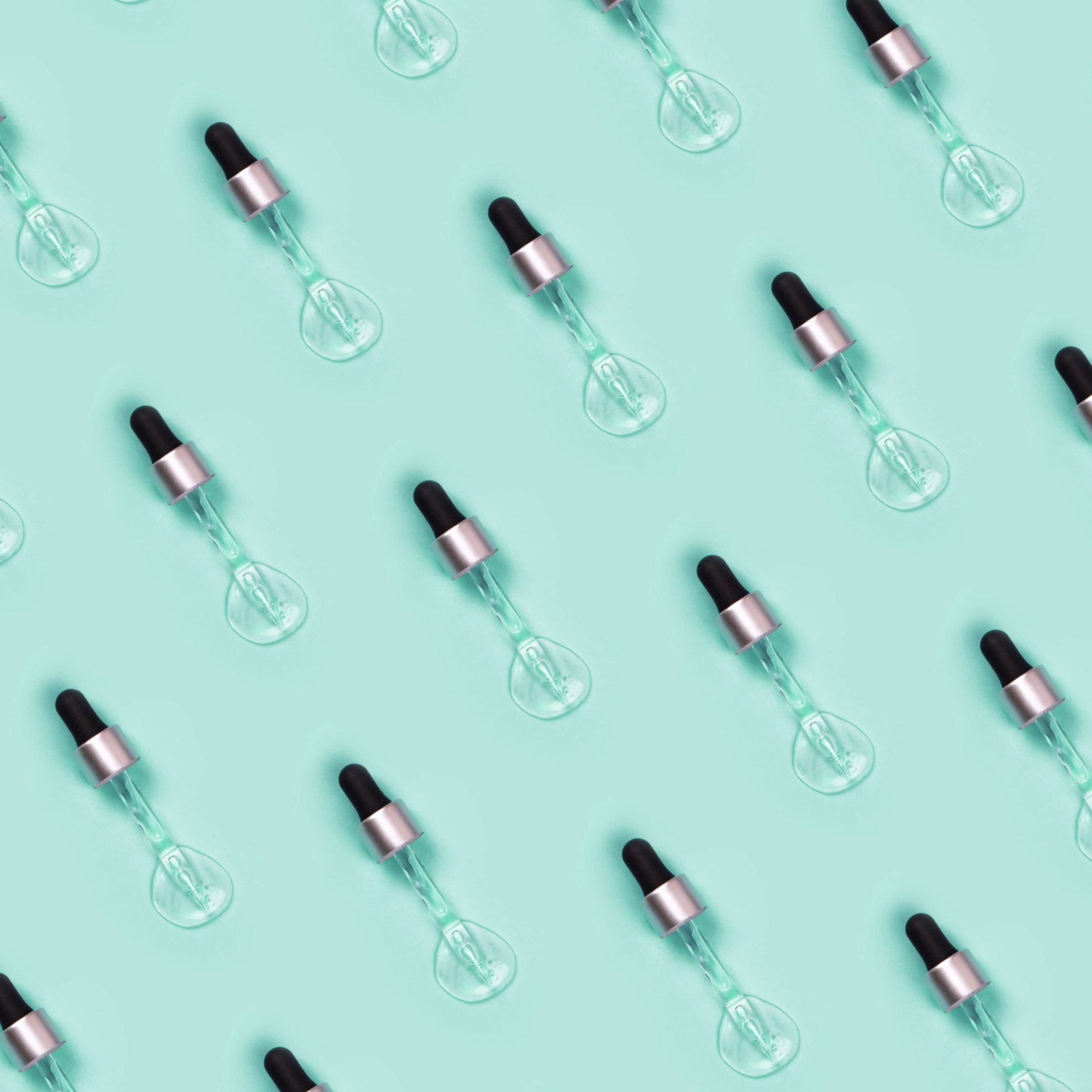
- POPSUGAR Australia
- Beauty
- 6 Skincare Rules to Follow When Using Retinol, and How to Safely Break a Few of Them
6 Skincare Rules to Follow When Using Retinol, and How to Safely Break a Few of Them

Retinol is one of those magical skin-care ingredients that you either love so much you want to sing its praises to anyone who will listen, or you can’t stand – and that’s usually a result of a bad reaction or using the wrong product. Retinol is the holy grail for its ability to fade hyperpigmentation and skin discolouration, and even treat adult acne.
Clearly, by its long list of benefits, retinol is no joke; if used incorrectly it can cause some serious skin irritation and dryness. Because it’s so potent, you want to make sure you find not only the right type of retinol for your specific skin type, but also the right concentration. Then, your skin needs to become “retinised” – this is the initial period where it adapts to the new ingredient, which occurs by slowly introducing it into your routine. This typically starts with using it once or twice a week, and then every other day, until your skin can handle daily use.
After that beginning phase, you should be able to use your retinol without any irritation, but there are still a few usage guidelines you’ll want to follow. Here are the important retinol rules to know – and how to safely break a few of them, if you’re so inclined.
Rule #1: Start Low in Strength
There is no shortage of retinol products on the market, which can make finding the right one for your skin a little tricky. “The percent of the retinoid and the base in which it is compounded affects the strength of the product,” board-certified dermatologist Dendy Engelman, MD, told POPSUGAR. For example, a retinol gel is stronger than a retinol cream. “When comparing retinoids and retinols to one another, you have to make sure that you are comparing the same molecules to one another to determine the strength.”
She recommended you start with a low strength of 0.25 percent once a week and to work your way up to a stronger formula slowly, if needed. “Stronger is not always better,” said Dr. Engelman. “You need to train your skin to tolerate Vitamin A, and derivatives are a great way to do that.”
Rule #2: Look For the Right Product Packaging
Have you ever stopped to think about the packaging of your skin-care products further than just if they look good in a shelfie? Celebrity aesthetician Renee Rouleau recommends that you do, especially when it comes to retinol. First, you want to choose a formula in opaque packaging.
“Retinol is so delicate that it deactivates quickly if the formula inside the bottle is exposed to light – even if it’s encapsulated,” said Rouleau. “The worst offender is a clear bottle with no box. It has likely been sitting on a shelf under lights for potentially months at a time. The light is rendering the retinol product ineffective.” Another big no-no for retinol is heat, so be careful not to leave this product in your car or bathroom when you shower. “Along with heat and light, oxygen is a major enemy of sensitive ingredients like retinol,” said Rouleau.
The best retinol product will be in an airless container. This packaging keeps the product potent until the very last drop.” Take this into consideration when shopping for a retinol product, as you want to make sure your money is going towards a formula that will stay effective, down to the last drop.
Rule #3: Don’t Over-Exfoliate While Using Retinol
Because retinol makes your skin more sensitive, you want to make sure you don’t over-exfoliate or irritate your complexion. But you can use your retinol and your exfoliating products together in harmony. “Retinol is not technically an exfoliant however, in an effort to not over-irritate the skin, I do not recommend using a leave-on acid exfoliator like a serum along with retinol in the same routine,” said Rouleau. “Retinol with an acid combination can be too active and you risk damaging the skin’s protective barrier.” This includes products formulated with glycolic or lactic acids, but that’s not all.

